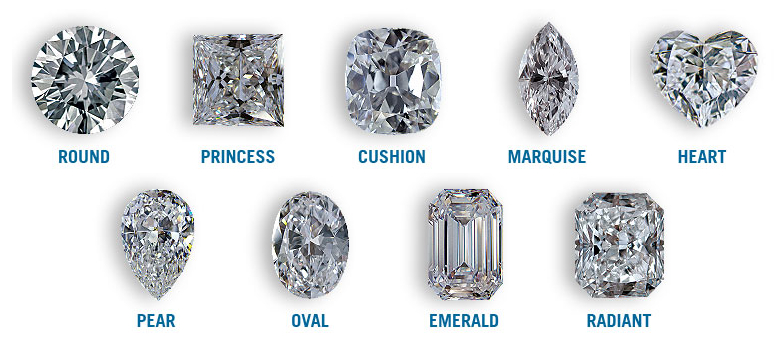Extended Black Friday Discount
25% Off All Moissanite Jewellery
Discount automatically applies on checkout (Terms & Conditions apply)
- MENU
- Pearl Jewellery
-
Our Collection
-
- Solitaire Rings
- Two Stone Rings
- Trilogy Rings
- Fitted Bands
- Eternity Rings
- Cluster Rings
- Halo Rings
- Bridal Set
- Shop By Shape
- Round Brilliant Cut
- Square Cut
- Marquise Cut
- Oval Cut
- Heart Cut
- Emerald Cut
- Radiant Cut
- Pear Cut
- Baguette Cut
- Cushion Cut
- Trillion Cut
- Solitaire Cut
- Shop By Style
- Stud Earrings
- Droppers Earrings
- Hoop Earrings
-
-
Loose Stones
- New Designs
- Exclusive Starlight™ Designs
- Gents Rings
- Bespoke
- Repairs
- Register Your Warranty
- MENU
- Pearl Jewellery
-
Our Collection
-
- Solitaire Rings
- Two Stone Rings
- Trilogy Rings
- Fitted Bands
- Eternity Rings
- Cluster Rings
- Halo Rings
- Bridal Set
- Shop By Shape
- Round Brilliant Cut
- Square Cut
- Marquise Cut
- Oval Cut
- Heart Cut
- Emerald Cut
- Radiant Cut
- Pear Cut
- Baguette Cut
- Cushion Cut
- Trillion Cut
- Solitaire Cut
- Shop By Style
- Stud Earrings
- Droppers Earrings
- Hoop Earrings
-
-
Loose Stones
- New Designs
- Exclusive Starlight™ Designs
- Gents Rings
- Bespoke
- Repairs
- Register Your Warranty











